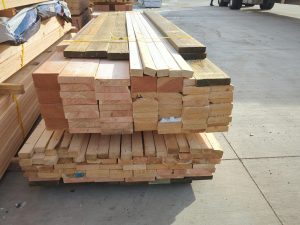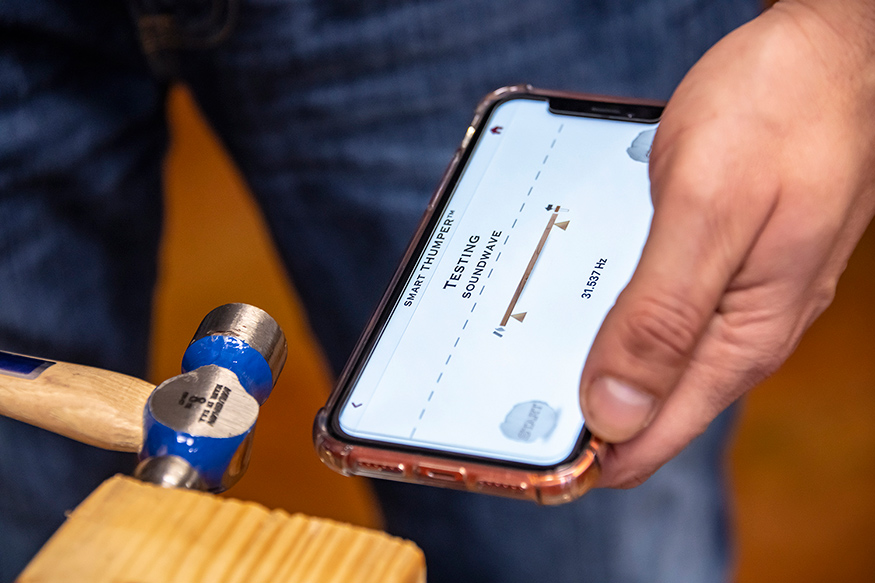How Grading Agencies Establish Lumber Design Values
Originally published in SBCA Magazine January 16, 2024
Nearly all roof trusses and floor trusses are created using cutting-edge software. Embedded in that software are engineering principles outlined in the National Design Specification, Design Values for Wood Construction (NDS), as well as published design values for the sizes and grades of softwood lumber used in North America. Consequently, it’s important to know where those published design values come from and how they are established.
The NDS Supplement provides a succinct answer in the introduction:
“Reference design values for most species and grades of visually graded dimension lumber are based on provisions of ASTM Standard D 1990-16 (Establishing Allowable Properties for Visually Graded Dimension Lumber from In-Grade Tests of Full-Size Specimens)…Reference design values for machine stress rated (MSR) lumber and machine evaluated lumber (MEL) are based on nondestructive testing of individual pieces…The stress rating systems used for MSR and MEL lumber is regularly checked by the responsible grading agency for conformance to established certification and quality control procedures.”
 In other words, softwood lumber species groups are regularly subjected to established testing protocols to ensure they retain their published design values over time. In North America, there are seven grading agencies that have jurisdiction over establishing softwood lumber design values and are responsible for conducting ongoing testing to verify them. Those grading agencies are:
In other words, softwood lumber species groups are regularly subjected to established testing protocols to ensure they retain their published design values over time. In North America, there are seven grading agencies that have jurisdiction over establishing softwood lumber design values and are responsible for conducting ongoing testing to verify them. Those grading agencies are:
· National Lumber Grades Authority (NLGA)
· Northeastern Lumber Manufacturers Association (NELMA)
· Northern Lumber Manufacturers Association (NLMA)
· Redwood Inspection Services (RIS)
· Southern Pine Inspection Bureau (SPIB)
· West Coast Lumber Inspection Bureau (WCLIB)
· Western Wood Products Association (WWPA)
Each of these grading agencies follow grading rules approved by the American Lumber Standard Committee’s (ALSC) Board of Review (BOR) and are certified for conformance with the U.S. Department of Commerce Voluntary Product Standard (VPS) process. For softwood lumber used in the U.S., the VPS is maintained by the ALSC and is referred to as American Softwood Lumber Standard PS 20 (PS 20). The current edition is PS 20-20.
Once each grading agency completes its regular testing protocols, it’s required to report to the ALSC BOR the resulting data, along with any recommendations it has regarding to changes to current published design values. Fortunately, changes are rare. The most significant in recent years was with SPIB and their recommended changes to the design values of Southern Pine (SP) in 2012.
Again, these published design values are integrated into component design software. The parameters of each truss assumes that the lumber species, grade, and size used in the manufacturing process matches what was input into the design. This assumption emphasizes the importance of the lumber grade stamp placed on each stick of dimensional lumber that help users identify key structural properties. The next article in this series will look at how lumber manufacturers grade each stick of lumber and how to read its corresponding grade stamp.








